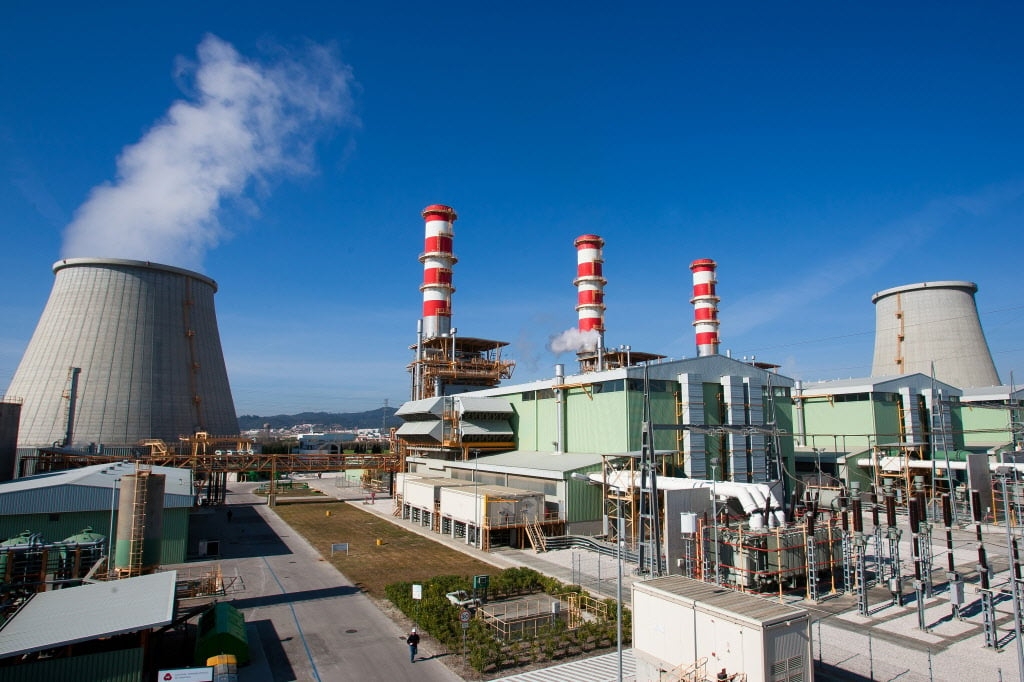Thermal power plants convert heat energy from combustion of fossil fuels like coal, natural gas, and oil into rotational energy of turbines and further into electrical energy. The main components of a thermal power plant are a boiler, steam turbine, condenser, pumps, and generator. In a boiler, water is converted into high-pressure steam by the heat generated from combustion of fuel in a furnace. This steam turns the turbine, which is connected to a generator. The generator produces electricity. After passing through the turbine, the steam is condensed into water and recycled through the system.
Fuel Supply and Combustion in Boilers
Coal, gas, oil are used as primary fuels in Thermal Power Plant depending on their availability and economics. Coal is transported to the plant either by rail or road. It is unloaded, crushed, and pulverized into a fine powder to ensure efficient combustion. The powdered coal is then blown into the furnace along with preheated air. Natural gas is piped directly to the plant and combusted similarly. In oil-fired boilers, fuel oil is pumped and atomized before being injected into the furnace for combustion. Controlled combustion takes place in the boiler under high temperature and pressure to efficiently convert fuel's chemical energy into heat energy.
Conversion of Heat Energy into Mechanical Energy
The high-pressure steam generated in boilers is passed into multi-stage steam turbines. Steam turbines work on the principle that steam at high pressure and temperature possesses significant amounts of internal energy. When steam is allowed to expand and push against turbine blades, its internal energy gets converted into kinetic energy of rotation. The steam loses both pressure and temperature as it passes through multiple turbine stages. Turbines are directly coupled to electric generators for production of electrical energy from rotational motion. Condensing turbines are used which further utilize steam's latent heat of condensation.
Get More Insights on- Thermal Power Plant



